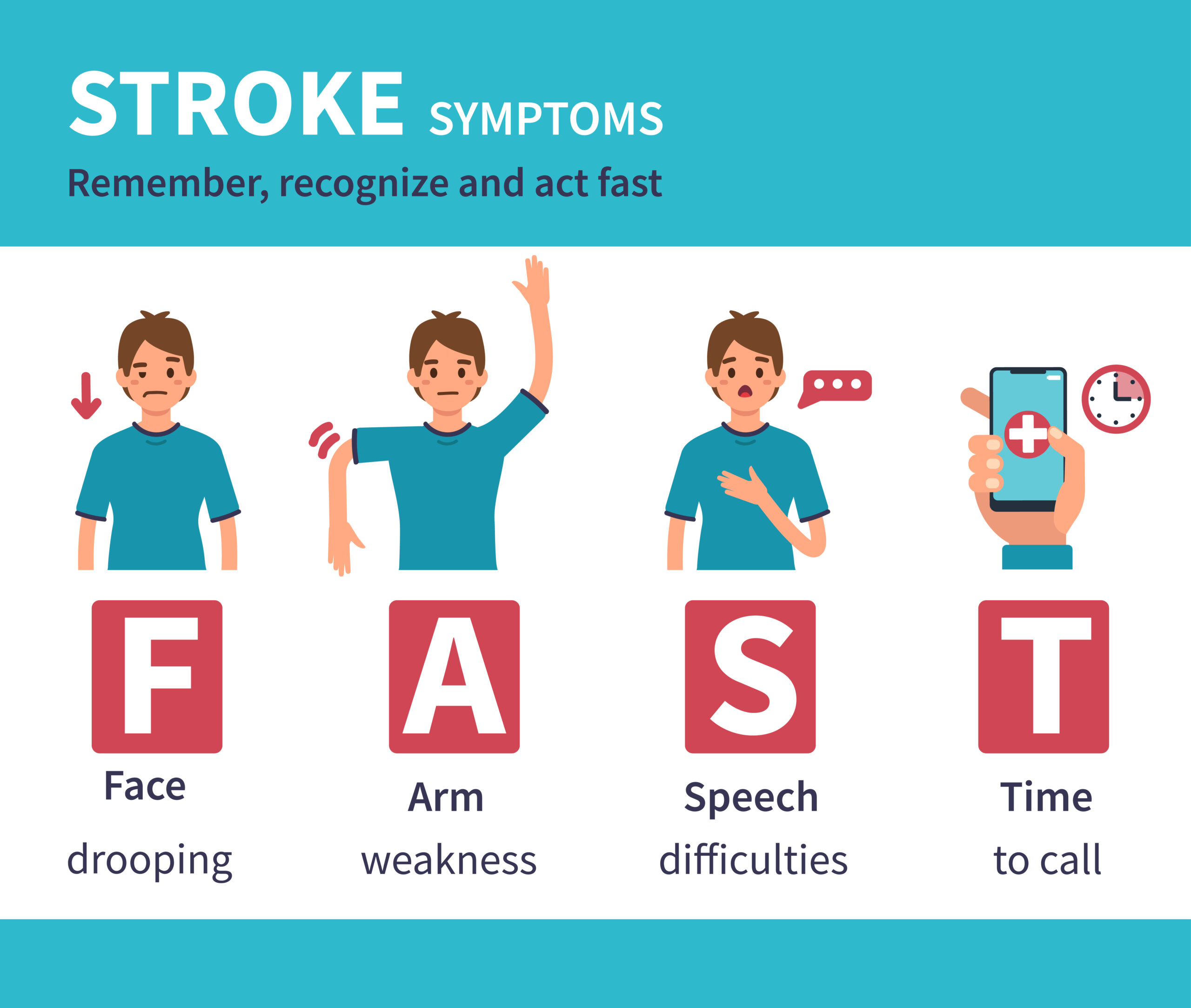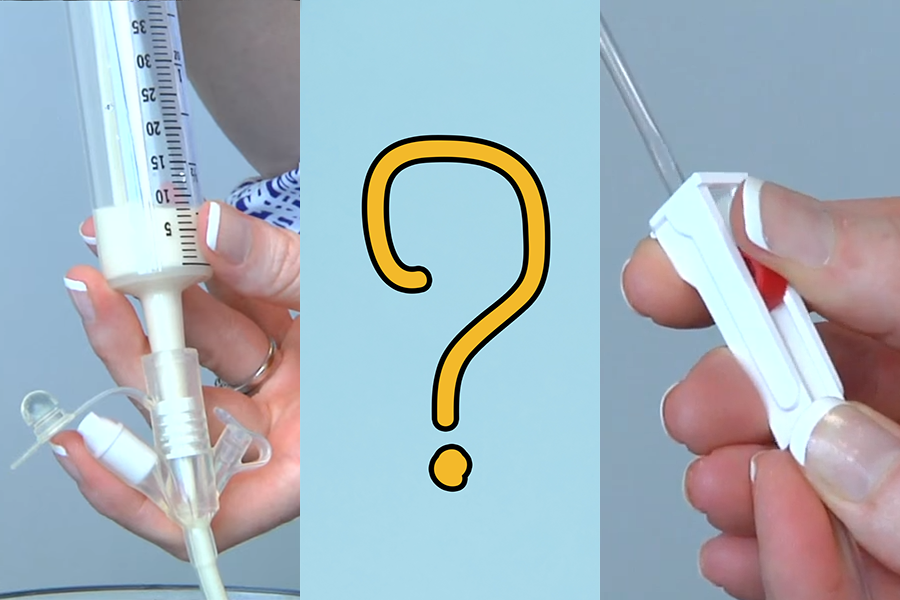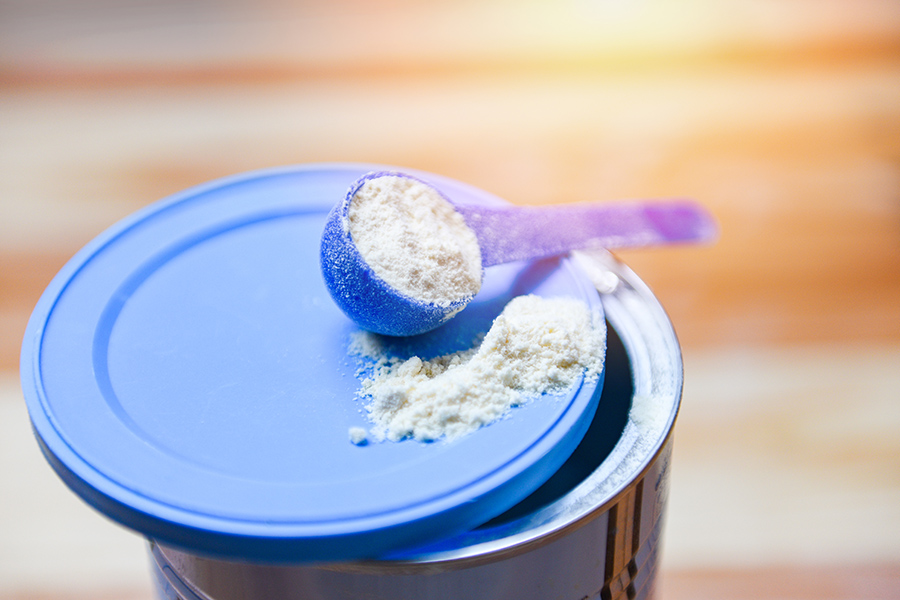What is a Stroke?
A stroke is when the blood supply to the brain is interrupted or reduced. This happens when vessels that lead to the brain rupture or become blocked by a clot, known as hemorrhagic and ischemic strokes, respectively. Without blood flow, brain cells will begin to die, causing damage that can be irreversible. According to the American Stroke Association, strokes are the 5th leading cause of death and a major cause of disability in the United States.
One type of ischemic stroke is a Transient Ischemic Attack, or TIA. Often referred to as a “mini-stroke,” TIAs present with typical signs and symptoms of a stroke but resolve quickly and do not cause permanent damage. Nonetheless, a TIA can serve as a warning sign of future strokes and should be taken seriously and treated immediately. If you are diagnosed with a TIA, it is important to follow your doctor’s recommendations and make necessary lifestyle changes to reduce your chances of future strokes.
What are the Signs of a Stroke?
It is important to memorize the symptoms of a stroke and learn how to reduce the risk for you and your loved ones. Signs of a stroke may include:
- Sudden numbness or weakness of the face, arm, leg (especially on one side of the body)
- Sudden confusion, trouble speaking, or understanding speech
- Sudden trouble seeing in one or both eyes
- Sudden difficulty walking, dizziness, loss of balance or coordination
- Sudden severe headache with no known cause
If you or someone you know is experiencing any of these symptoms call 911 immediately. The sooner a stroke is treated, the better your chances of recovery. At the first sign of stroke, remember to act FAST:

How can I reduce my risk of having a stroke?
To reduce risk of having a stroke or additional strokes:
- Family history, age, race and ethnicity — Even though these risk factors are out of our control, it is important to understand them and lead a preventative lifestyle.
- Smoking — Smoking causes damage to blood vessels and raises blood pressure. Quit smoking to reduce your risk of stroke.
- Blood pressure — High blood pressure is a main risk factor of stroke. Work with your medical team to keep your blood pressure within safe limits. Learn more about blood pressure by reading our article, Heart Health: Blood Pressure.
- Cholesterol — High cholesterol can also increase your risk of stroke. Work with your medical team to keep your cholesterol within safe limits. Read our article, Heart Health: Managing Your Cholesterol to learn more.
- Diabetes — With this condition it can be hard to keep blood sugars within normal range. In diabetes when the body is not making enough insulin, sugars can build in the blood. This damages arteries and increases blood pressure. Follow your Doctor’s orders for managing diabetes to keep blood sugars in the safe range.
- Obesity — Keep a healthy body weight by staying physically active and eating healthy and balanced. The American Heart Association recommends 30 minutes of physical activity five days a week. This will help you maintain a healthy weight and reduce stress. In addition to healthy movement, eat for heart health by incorporating aspects of the DASH diet into your meal plans. Read our article, The DASH Diet for Heart Health to learn more.
- Heart disease — Damaged or blocked blood vessels can increase your risk of stroke. To mitigate your chance of developing heart disease keep physically active, eat healthy, manage your blood sugar, blood pressure and cholesterol.
Speak with your doctor before you make changes to your diet and physical activity. If you are prescribed medication for any of the risk factors above, it is important to follow your physician’s orders and notify them of any lifestyle changes.
Sources:






















